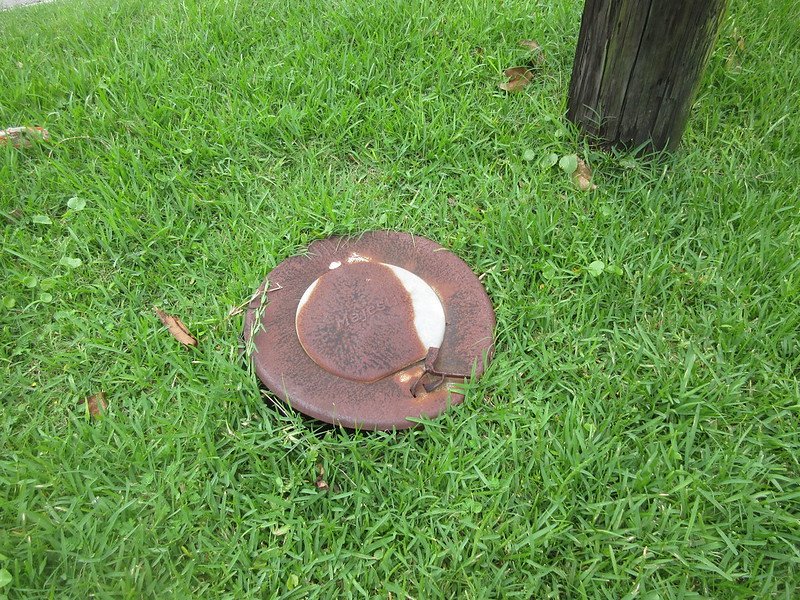Do you recall those warm summer nights when everyone gathered on the streets, laughing and taking turns dumping their garbage into old wheelbarrows? In the past, waste disposal wasn’t just a responsibility; it was a social event where people chatted and bonded.
Before waste disposal services existed, yards often had ground garbage pails. These cylindrical, galvanized steel pails were partially buried to reduce smell and deter animals. A tight lid on the exposed part kept animals out and protected the contents from rain.
The ground garbage pail reflects a time when living off the land was a necessity. This method aligned with mid-20th-century culture, marked by practicality and community effort. People worked together on tasks like waste disposal, ensuring cleanliness and fostering unity among neighbors.
Although outdated by today’s standards, the ground garbage pail demonstrated early waste management efforts. It showed a basic understanding of environmental preservation by minimizing pollution.
Today, the ground garbage pail is more than just an old waste disposal method; it’s a cultural relic symbolizing creativity and community. As we seek modern waste management solutions, this history reminds us of the basic principles and the importance of community in solving problems.






